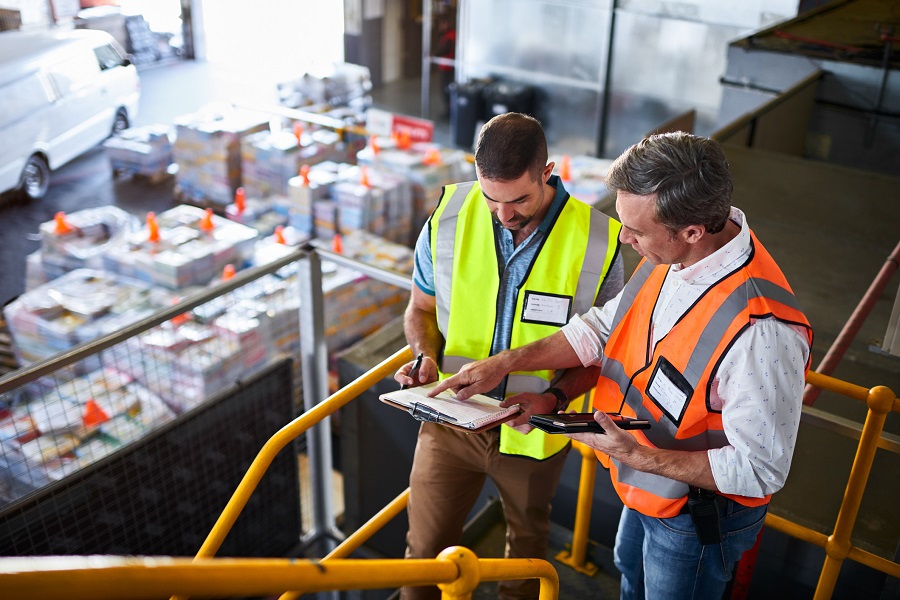Machine Guarding: Why It’s a Legal Requirement

A range of manufacturing, production, and packaging companies come into contact with a variety of dangerous and hazardous machinery on a daily basis. These machine components are what speed up the production process, expediting services so your employees can focus their time and attention elsewhere. However, in order to keep them properly protected and safeguarded in your work environment, machine guarding comes into the picture.
According to Workplace Safety and Insurance Board Canadian statistics, in 2012:
- 1,976 workers were caught in or compressed by equipment
- 305 workers were rubbed or abraded by friction, pressure, or jarred by vibration
- 367 workers had body parts amputated
As a result, in 2013, 17% of 2,373 orders issued by the Ministry of Labour inspectors were for machine guarding and lockout violations. Those deaths and bodily alterations were in vain, as no one ever needs to be permanently altered or killed while on the job. That’s where machine guarding comes into the picture.
What is Machine Guarding?
Basically, machine guarding refers to the guarding or protecting of machine parts that are labeled as the most dangerous elements of the machinery. Any machine, part, function, or process that can cause injury to a human must be guarded while in use.
It’s the Law
Machine guarding is a legal requirement in Canada today. Why? Because it reduces the likelihood that an accident will occur as a result of mechanical failure, human error, electrical failure, or poor design. All four of those catalysts are unavoidable when pairing humans with machinery equipment, which is where the guarding comes into the picture. It’s an essential buffer that prevents permanent injury – and even – death while on the job.
According to the law, hazards include:
- Exposure to in-running nip hazards, like getting caught in machinery if moving parts are not guarded;
- Exposure to hazardous motion, such as rotating machine parts, if equipment is not properly locked and blocked during maintenance and repair.
Therefore, employers are required to:
- Provide appropriate information, instruction, and supervision to protect workers such as training in lockout and guarding procedures
- Ensure equipment is maintained in good condition by replacing and/or repairing damaged machine components
- Ensure machine guarding with devices that include moving parts, as well as in-running nip hazards
- Clean, oil, adjust, repair, and perform maintenance on machines regularly
That goes for supervisors as well.
Industrial Guarding Inc.
Here at Industrial Guarding Inc., we know that guarding is a mandatory service required in all businesses with moving parts and large machinery. If not for it being the law, it’s mandatory for keeping people protected and safe at their jobs. It’s 2018; no one needs to go home without a limb today. It’s a legal requirement because as a country we believe in investing in people, not profit. If you need assistance in guarding your machinery this year, please reach out to us. We want you to be safe and compliant.


